Founded in 2006, HubSpot entered a market where traditional outbound marketing was losing traction. The company’s founders recognized that educating potential customers—by teaching them about the then-nascent concept of inbound marketing—was essential to building trust and establishing a strong brand presence. To achieve this, HubSpot invested heavily in a content marketing strategy centered around its blog. Here is a dive into the HubSpot Case Study and its Success with blogging:

The Challenge for HubSpot
• Market Education:
In the mid-2000s, many businesses were still relying on cold calls and traditional advertising. HubSpot needed to explain why inbound marketing was a better, more customer-friendly approach.
• Building Trust:
Establishing thought leadership in a relatively new field required consistent, high-quality content that resonated with marketers, sales professionals, and business leaders.
• Driving Lead Generation:
With limited resources compared to traditional ad spend, HubSpot had to find a cost-effective channel to attract qualified leads and convert them into customers.
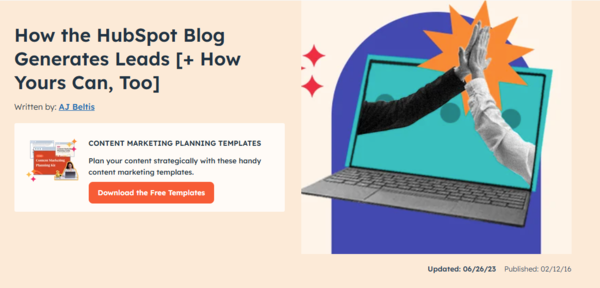
The Blogging Strategy of HubSpot
HubSpot’s approach was multifaceted:
1. Consistent, High-Quality Content Production:
• Frequency: In its early years, HubSpot committed to publishing 3–5 detailed, research-backed posts every week on its own blog. Over time, this library expanded to include thousands of articles covering topics like SEO, social media, content marketing, and the fundamentals of inbound marketing.
• Depth and Value: Each post was designed not just to promote HubSpot’s products but to educate readers. This established HubSpot as a trusted advisor rather than just a vendor.
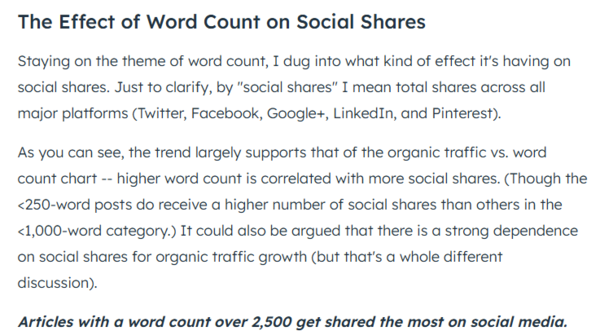
2. SEO and Organic Reach:
• Keyword Optimization: Every blog post was optimized for search engines. By targeting long-tail keywords and addressing specific pain points, HubSpot steadily improved its search rankings.

• Backlinks and Referral Traffic: High-quality, informative content naturally attracted backlinks from other reputable sites. Guest posts and features on third-party blogs further amplified this effect, boosting both referral traffic and domain authority.
3. Lead Generation and Conversion:
• Calls-to-Action (CTAs): Blog posts routinely featured CTAs—such as invitations to download eBooks, sign up for webinars, or request product demos—which helped convert readers into leads.
• Data-Driven Iteration: HubSpot continuously analyzed which topics and formats drove the most engagement, allowing them to refine their strategy over time.
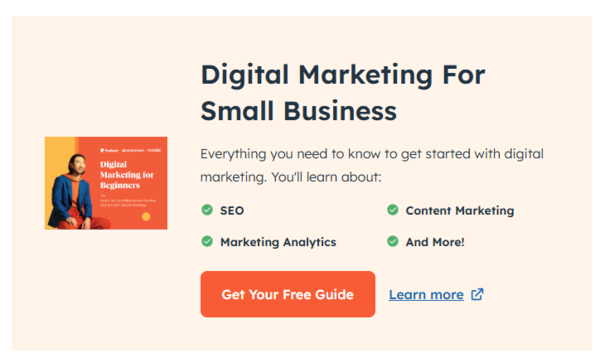
4. Thought Leadership and Industry Influence:
• Guest Contributions: HubSpot not only published its own content but also contributed guest posts to well-known industry platforms. This strategy increased brand visibility and cemented HubSpot’s status as an industry thought leader.
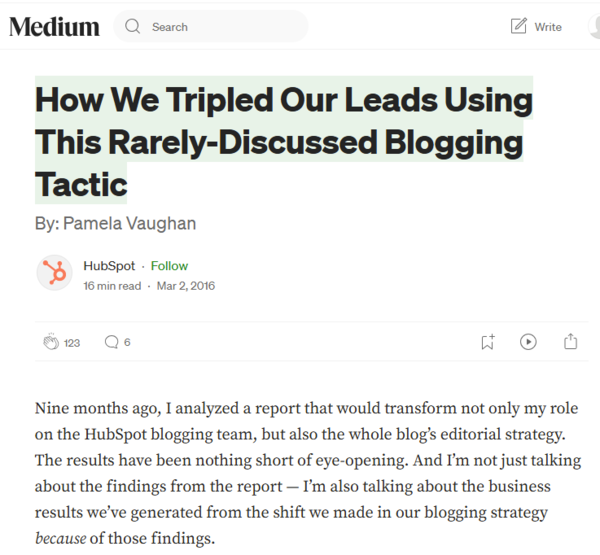
• Community Building: The blog became a hub for marketers and business professionals, fostering a community that shared ideas and best practices.
Available Statistics and Measurable Outcomes
While exact figures evolved over time, public statements, internal case studies, and industry analyses provide a window into the strategy’s impact:
Monthly Traffic Growth:
• 2008: Approximately 500,000 monthly visitors
• 2012: Growth to roughly 2 million monthly visitors
• 2014 and Beyond: Surpassing 3 million monthly visitors—a majority of which was driven by organic search.
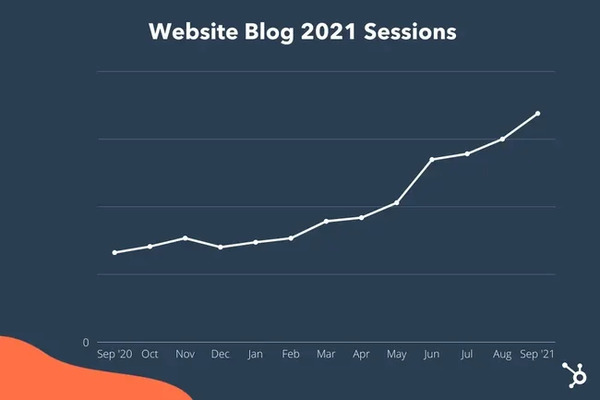
Lead Generation:
• Early blog posts generated a few hundred leads per month. As the blog matured, individual high-performing posts were known to generate over 2,000 leads in a single month.
• Over time, inbound leads (with the blog as a central channel) grew to account for an estimated 70% of HubSpot’s total lead volume.
Conversion Rates:
• Landing pages associated with blog CTAs often saw conversion rates as high as 20% on gated content offers—significantly outperforming many traditional marketing channels.
SEO and Domain Authority:
• Consistent blogging helped HubSpot’s domain authority rise to over 80 (on Moz’s scale) within a few years—a level that positioned them far ahead of many competitors in the B2B software space.
• The cumulative effect of inbound links and sustained traffic growth contributed to HubSpot being frequently cited in marketing research (e.g., “companies that blog receive 97% more links to their website”).
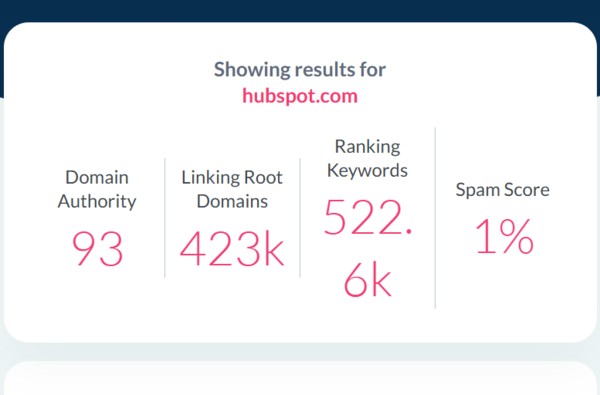
Revenue Impact and ROI:
• Although it is challenging to attribute revenue to any single channel, HubSpot’s leadership has indicated that inbound marketing (with blogging as its cornerstone) achieved a 3–5× higher ROI compared to many traditional outbound marketing efforts.
• The overall branding and thought leadership generated by the blog strategy played a key role in attracting not only customers but also strategic investors and partners.
Impact on Branding and Market Position
1. Establishing Thought Leadership:
HubSpot’s extensive and high-quality content library transformed the brand into a trusted source for marketing knowledge. This thought leadership not only attracted a large audience but also influenced the broader adoption of inbound marketing practices across industries.
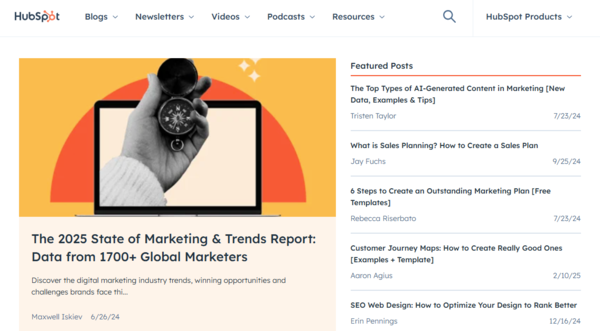
2. Building Customer Trust:
By consistently providing valuable insights and actionable advice, HubSpot built a strong bond with its audience. Customers saw HubSpot as more than a software vendor—they saw it as a partner in their business growth.
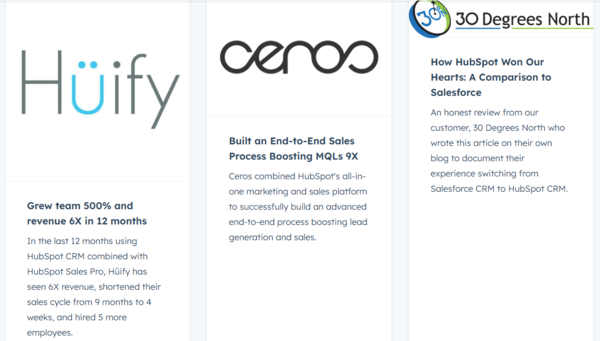
3. Community Engagement:
The blog’s interactive elements (comments, social media sharing, and guest contributions) helped cultivate an engaged community. This network of followers amplified HubSpot’s messaging and contributed to sustained organic growth.
4. Long-Term Market Education:
As the blog educated the market about inbound marketing, it simultaneously expanded the addressable market for HubSpot’s products. A more informed audience was more likely to appreciate and invest in inbound solutions.
Conclusion
HubSpot’s deliberate investment in a robust blogging strategy is a textbook example of how multiple, consistent blog features can drive both quantitative and qualitative growth. The strategy not only generated exponential increases in organic traffic and inbound leads but also built a brand defined by trust, expertise, and community. For HubSpot, blogging wasn’t just a content tactic—it was a transformative business strategy that helped turn a startup into a global industry leader.
This case study demonstrates that when executed with consistency, quality, and a focus on value, multiple blog features can become a powerful lever in both branding and growth.




